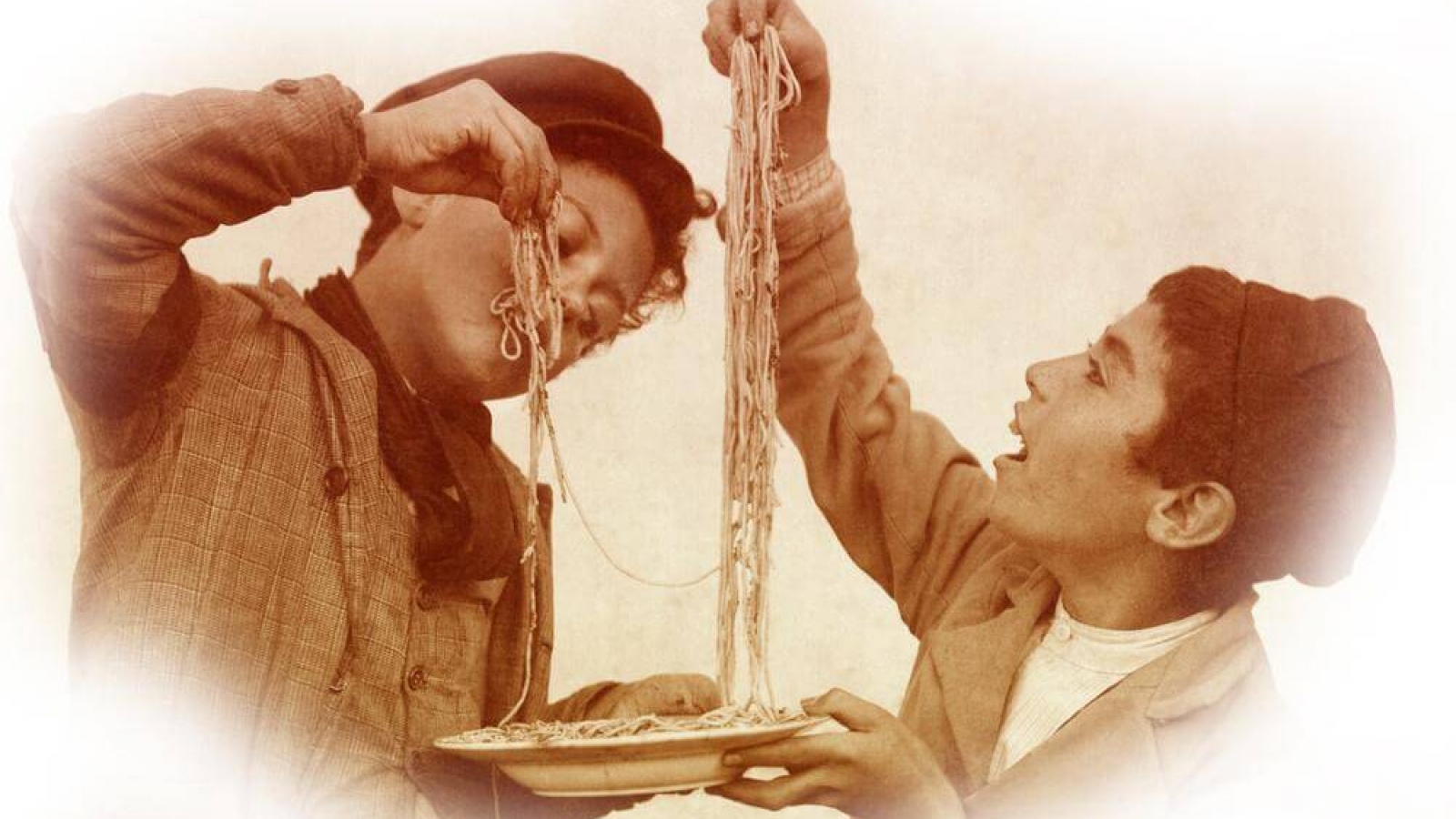Pasta or noodles are now available in all possible varieties, but where do they come from?
Loved by both young and old, you can buy them for a few cents at the grocery store or enjoy them in gourmet temples of top chefs. Everyone associates them with positive experiences – pasta is literally on everyone’s lips.
But if you ask where pasta comes from and who invented it, the answers are often quite unclear.
The most logical and frequently given answer is, of course, Italy. Even today, it is considered synonymous with the enjoyment of pasta. But the answer is not so simple. In fact, the first documented appearance of pasta in Italian cuisine dates back to the 12th century. The geographer Al-Idrisi is the author of the first written evidence describing the cooking of wheat strands in Sicily, near Palermo. The 12th century? By that time, noodles were already well known, as any cook would say.
So, if the Italians did not invent the pasta that is so widespread and popular today, who did? Opinions differ.
The fact is that the oldest written evidence of noodle production and consumption comes from China, dating back to the Han Dynasty (206 BC to 220 AD).
Pasta (or flour-based dough) has also been found in Etruscan tombs dating back to the 4th century BC. Bas-reliefs depict kitchen utensils used for pasta preparation.
In the 1st century AD, the cook Apicius mentions a dish in his cookbook that resembles modern lasagna. Apicius’ culinary book, written during the reign of Emperor Tiberius (1st century AD), describes a dish similar to modern fish lasagna. There are also records of “lagana,” a pasta-like dish, in ancient Roman texts by Horace and Cicero, as well as in one of the earliest cookbooks written by the Roman Apicius around 25 BC, which contains several pasta recipes.
Ancient Egypt also had knowledge of pasta: on the walls of Egyptian tombs, there are depictions of people making something similar to noodles, as well as actual noodles prepared as provisions for the journey to the afterlife. The ancient Greeks were also familiar with noodles: in tombs from around 400 BC, archaeologists have found images of equipment needed for pasta-making. Archaeological findings, including tools such as rolling pins and dough-cutting knives, further confirm the existence of pasta in ancient Greece. Additionally, Greek mythology states that the god Vulcan invented a machine that shaped dough into long and thin strands.
During the Middle Ages, pasta was commonly found in Sicily, where Arabs lived at the time. They were the first to dry strips of dough in the sun. It is believed that the word “maccheroni” is derived from the Sicilian dialect “maccarruni,” meaning “processed dough.”
It is difficult to pinpoint the exact inventor of noodles and pasta. How the recipe made its way to Italy to become a national dish remains equally unknown.
The fact is that on the Italian coast, particularly in the Naples region, a pasta culture developed thanks to the exceptionally pure air, which was ideal for drying dough. This region is rightfully considered the birthplace of pasta.
The need for dried pasta that could also be eaten fresh arose with the expansion of trade and transportation. Sailors needed food that could be stored on ships for long voyages. Amalfi sailors, during their frequent visits to Sicily, adopted the art of drying pasta and spread it throughout the area around the Bay of Naples.
By the 16th century, pasta makers in different cities had various names: “maestri fidelari” in Liguria, “lasagnari” in Florence, “vermicellari” in Naples, and “artijani della pasta” in Palermo. In old Neapolitan factories, dough was kneaded with the feet and then compressed with a long wooden pole, on which three or four workers would sit. To the rhythm of a song, they would rise and sit back down until the dough became smooth. This process produced “fidelini,” “noodles,” “trenette,” “lasagna,” and a wide variety of short pasta shapes: “farfalle,” “penne,” “shells,” and “fusilli.” Initially, these were cut by hand, later using automated knives. Short pasta was dried in large boxes, while long pasta was dried with the help of large fans, placed on long sticks, and hung on special racks.
Around the year 1000, the chef of the powerful patriarch of Aquileia, Martino Corno, wrote the book De arte Coquinaria per vermicelli e macaroni siciliani (“The Art of Making Sicilian Pasta and Noodles”).
In 1150, the Arab geographer Al-Idrisi wrote in his report that in Trabia, about 30 km from Palermo, pasta made from flour in the form of thin threads was being produced and transported everywhere, to Calabria and many Muslim and Christian lands, even by ships.
The first “official” mention of pasta appears in a public notarial document listing an estate inventory: “a full basket of pasta.” This document dates back to 1279. A document from 1366 provides evidence of dried pasta production in Liguria. In the 15th and 16th centuries, noodle production became very common.
In the 17th century, the use of mechanical presses significantly reduced production costs and made pasta much cheaper. From that point on, it truly became a national food.
In the 19th century, the introduction of machines into pasta production led to market expansion, increased competition among producers, and higher pasta exports abroad. The flour-sifting process reached a qualitatively new level, and hydraulic presses and steam mills were introduced.
The 19th century also brought the ability to drill almost any shape into bronze matrices for pasta presses. At that time, pasta manufacturers offered 150-200 different types of pasta.
At the beginning of the 20th century, artificial drying and climate control made pasta production feasible in all regions of Italy.
From there, pasta embarked on its victorious march across the world and evolved into a diverse dish that continues to inspire young and old, rich and poor alike.


